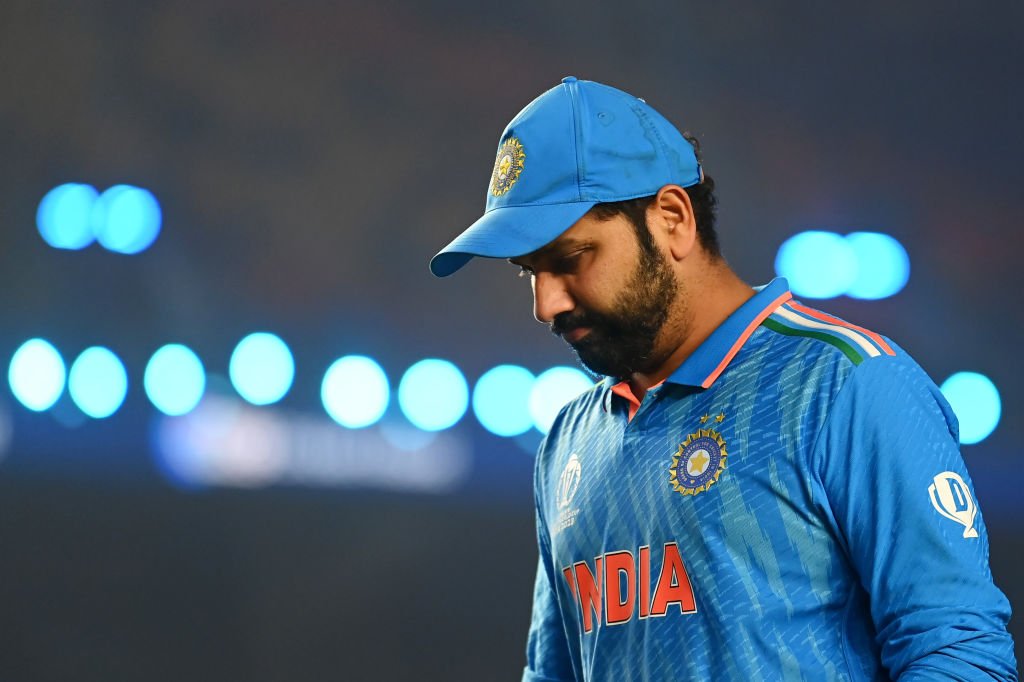
In a thrilling contest that highlighted the importance of strategic risk-taking in Test cricket, Rohit Sharma led India to a dramatic seven-wicket victory against Bangladesh in Kanpur. Facing rain delays and an uncooperative pitch, India’s skipper boldly declared that risks needed to be taken to force a result in this critical match.
India had lost a significant chunk of play due to poor weather, and as Rohit revealed in his post-match interview, the team was prepared to embrace an aggressive approach. “We had to take some risks to get a result in this match,” Rohit explained, acknowledging that the match could have gone either way. Still, he believed that this was a risk worth taking, knowing that playing it safe could result in a draw, which wasn’t the desired outcome for his team.
India’s approach in the fourth innings, particularly with the bat, was built on this fearless mindset. After bundling Bangladesh out for 233 runs in their second innings, India had to chase a modest target of 95 runs. However, with the pitch offering little help for the bowlers and two and a half days lost to rain, time was of the essence. Rohit, recognizing that conventional tactics might not work, directed his team to push the run rate aggressively, even if it meant risking a collapse.
The decision to accelerate the scoring came with its own set of challenges. “We knew we could get bowled out for a low score if things didn’t go our way, but it was a risk we were willing to take,” Rohit emphasized. This willingness to take calculated risks under pressure reflects the modern ethos of Test cricket, where captains are increasingly willing to gamble for a win, even at the expense of losing.
Rohit himself set the tone, smashing two consecutive sixes in his first two deliveries, signaling India’s intent to dominate. His leadership in this moment showcased his tactical acumen and willingness to lead from the front. India quickly raced to a total of 285 runs before dismissing Bangladesh for 146 in their second innings. The target of 95 runs was chased down in under 20 overs, with key contributions from Virat Kohli and Rishabh Pant, who ensured that India crossed the finish line with relative ease.
This victory was not just about the runs on the board but also a testament to India’s strategy and mentality. The pitch, which had remained flat and offered little assistance to bowlers, could easily have led to a tame draw had Rohit and his team adopted a more conservative approach. Instead, they seized the initiative, transforming a rain-affected game into an exciting contest. It is this kind of bold captaincy that is becoming a hallmark of Rohit Sharma’s leadership in Test cricket.
Interestingly, this match against Bangladesh also marked India’s 18th consecutive Test series win at home, underlining their dominance in familiar conditions. While Ravindra Jadeja and Jasprit Bumrah were instrumental in dismantling Bangladesh’s batting lineup, Rohit’s captaincy and the collective mindset of the team stood out as the pivotal factor in securing the win.
Rohit’s post-match comments underscored his philosophy of being “brave enough” to make tough decisions when the situation demands it. “You have to be brave in such situations and be okay with the result going either way,” Rohit stated, reflecting on the nature of high-pressure matches. His willingness to take risks and challenge the conventional norms of Test cricket is part of what has made him such a successful leader.
In hindsight, this match will be remembered as an example of how taking calculated risks can lead to significant rewards. Rohit Sharma’s leadership and strategic foresight played a crucial role in turning what could have been a dull, rain-marred game into a memorable victory for India. The match also reinforced the notion that in modern Test cricket, a fearless approach, combined with tactical brilliance, is often the key to success.
With this victory, India has not only strengthened its position in the World Test Championship but also set the tone for future encounters, where risk-taking might just become the new norm in their quest for Test cricket dominance.

